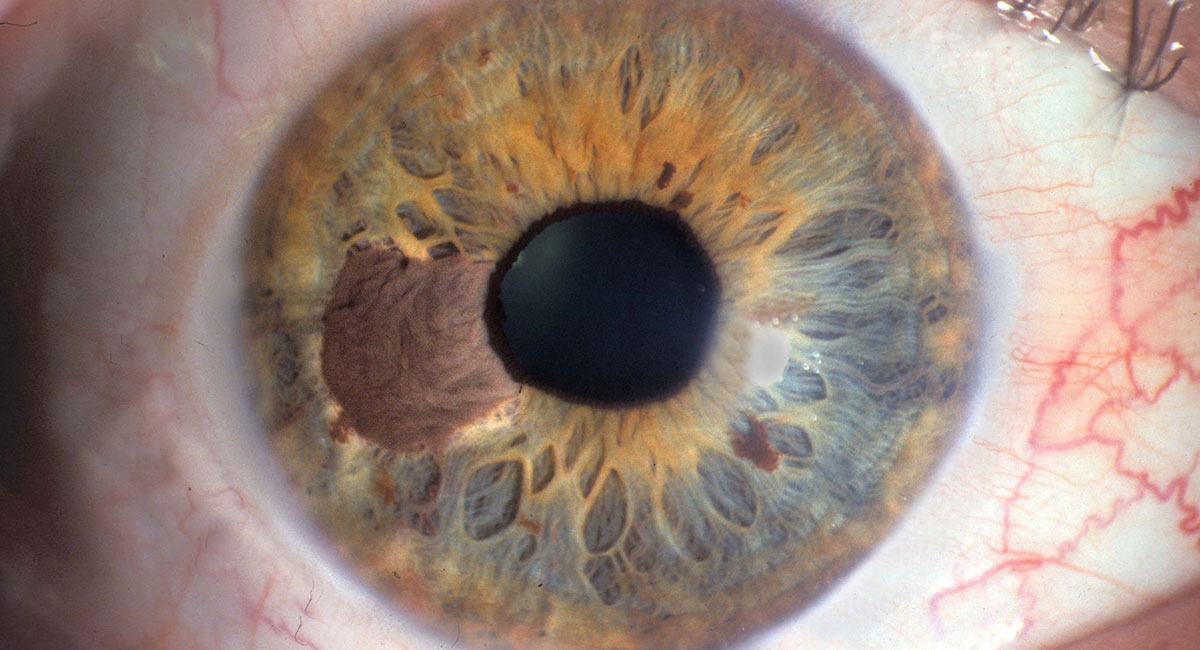A Complete Guide to Eye Cancers; Types, Symptoms, and Treatments
Eye cancer is an extremely rare condition when compared to other types of cancers. The condition occurs when healthy cells in the eyes start to grow unconditionally and form a tumor. These tumors can either be benign, meaning it won’t spread, or malignant (otherwise known as a cancerous tumor). A cancerous tumor has the ability to spread to other body parts and affect the eyelids, but mostly an eye tumor affects the eyeball that consists of the uvea, sclera, and the orbit.
Types Of Eye Cancer

There are mainly two types of eye cancer in adults; primary and secondary intraocular cancers. Primary intraocular are further classified into melanoma and lymphoma; they begin inside the eyeball. Ocular lymphoma stems from lymphocytes (a type of white blood cells) dividing and growing uncontrollably. It happens mostly in older patients and commonly associated with autoimmune disorders and a weakened immune system. Lymphoma is associated with pain in the eyes, redness, blurred vision, swelling, and sensitivity to light. There are two types of intraocular melanoma; uveal and conjunctival. Secondary intraocular cancers do not originate from inside the eye. For women, they most commonly begin in the breasts and the lungs in men before spreading to the eyes.
Intraocular Melanomas

Uveal melanoma is the most common type of eye cancer, and it affects any of the three parts of the uvea; the iris, ciliary body or choroid. The typical uveal tumor is an elevated mass that can either be dark brown in color or amelanotic. Conjunctival melanoma occurs when a tumor grows in the outside lining of the eyeball, and it mostly looks like a black spot. Intraocular melanoma can spread quickly to other parts of the body if not treated early enough. However, this kind of eye cancer is not hard to diagnose and treat because the symptoms and the spots are relatively visible early on.
